Category: Comparative religion
-
The Anthropocentric Shift: Secular Age, round 6
Links to posts 1, 2, 3, 4, 5 In the last several posts, we’ve covered how the enchanted, hierarchical world of pre-modern Europe slowly shifted in the sixteenth and seventeenth-centuries to a “disciplinary” society, where human beings began to perceive themselves as rational agents and masters of their own will and destiny, and increasingly related…
-
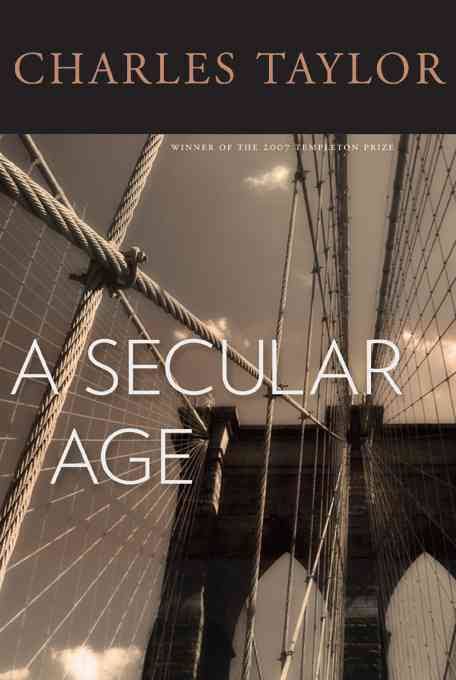
Enchantment and Disenchantment: Secular Age Round 3
(Links to Rounds 1 and 2) These next several posts will cover chapters in Parts I-III, which comprise Taylor’s account of the western historical trajectory towards secularity, from the enchanted world of 1500 AD to the disenchanted and pluralistic one of 2000 AD. Overall, Taylor’s historical account challenges the “subtraction” stories that explain the road to…
-
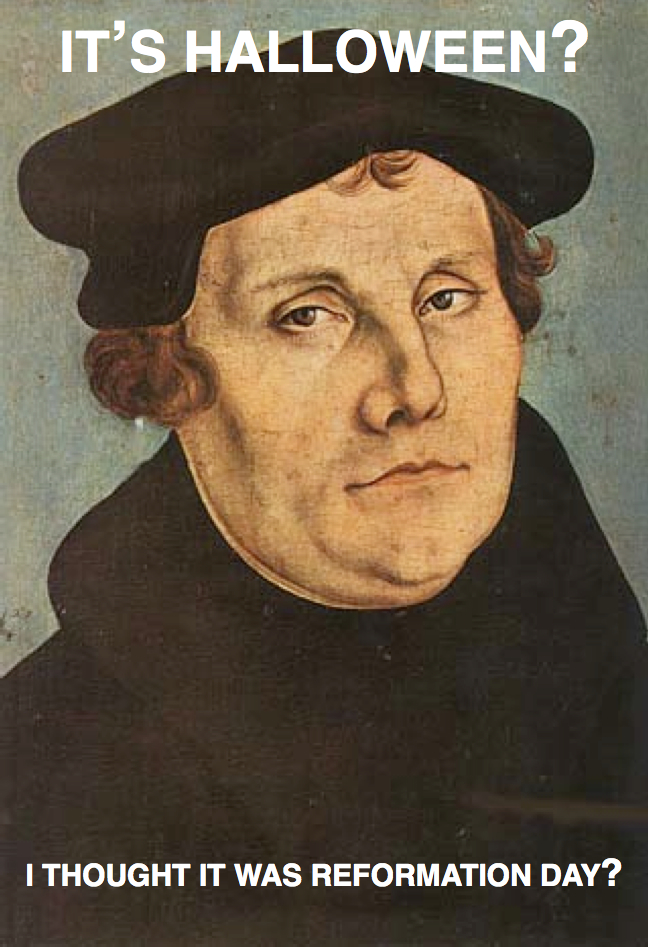
A Crazy Wild Reformation Day
For some reason, kids in my neighborhood don’t celebrate Halloween: they do Reformation Day instead. Right around 5, the little tikes start pounding on doors, dressed as characters of the Reformation and absolutely clamoring for people to tell them more about the big event.
-
Two Churches, Two Gospels
As a Mormon, you belong to two churches: your local congregation, be it ward or branch (the Local Church), and the Church of Jesus Christ of Latter-day Saints (the Institutional Church). While something similar may be true for members of other denominations, it is more true for and has more effect on Latter-day Saints. You…
-

A Mormon Holiday
Sometimes I am a little envious of my friends whose religions involve a year full of meaningful religious holidays that strengthen and define them both culturally and spiritually. Ramadan, for instance, is a sort of month-long holiday for Muslims, complete with special foods and lots of family time. When we lived in Tunisia, I was amazed at…
-
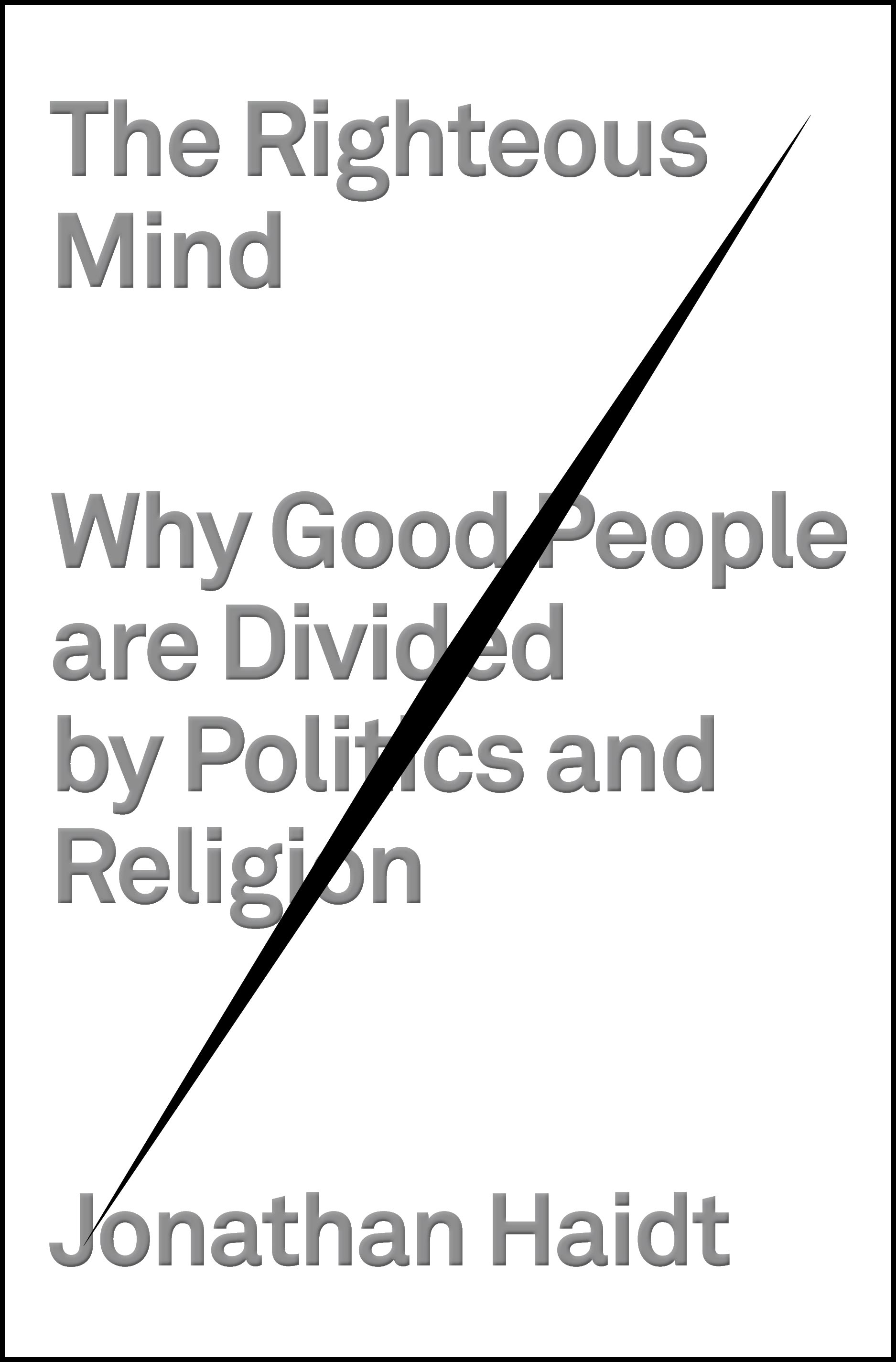
You and Your Righteous Religious Mind
Psychology has come a long way the last couple of decades. Instead of seeing us coming into the world with a mind like a blank slate, psychologists and cognitive scientists are discovering through cleverly designed empirical research that we are born with a preloaded mental operating system. It predisposes us to see the world like…
-
Bible, Church, and Mystic
On a recent trip, I took along as reading material Christianity: A Very Short Introduction (OUP, 2004) by Linda Woodhead. Like all of the books in the wildly successful VSI series, the book is short but informative. I want to focus on the author’s analysis of how views about divine power and earthly authority can…
-
Downgrading Doctrine
Here is a second post (see No. 1) drawn from Stephen Prothero’s God Is Not One (HarperOne, 2010). In Chapter 7, titled Judaism: The Way of Exile and Return, Prothero comments on how ritual and ethics receive greater emphasis in Judaism and doctrine receives less emphasis than in, for example, Christianity. I wonder to what…
-
Mormonism in God Is Not One
I’ve been reading Stephen Prothero’s new book, God Is Not One: The Eight Rival Religions That Run the World — and Why Their Differences Matter (HarperOne, 2010). I’m rather enjoying it, which is a bit of a surprise given that I’m not generally a religions of the world kind of guy. Anyway, Prothero devoted a…
-
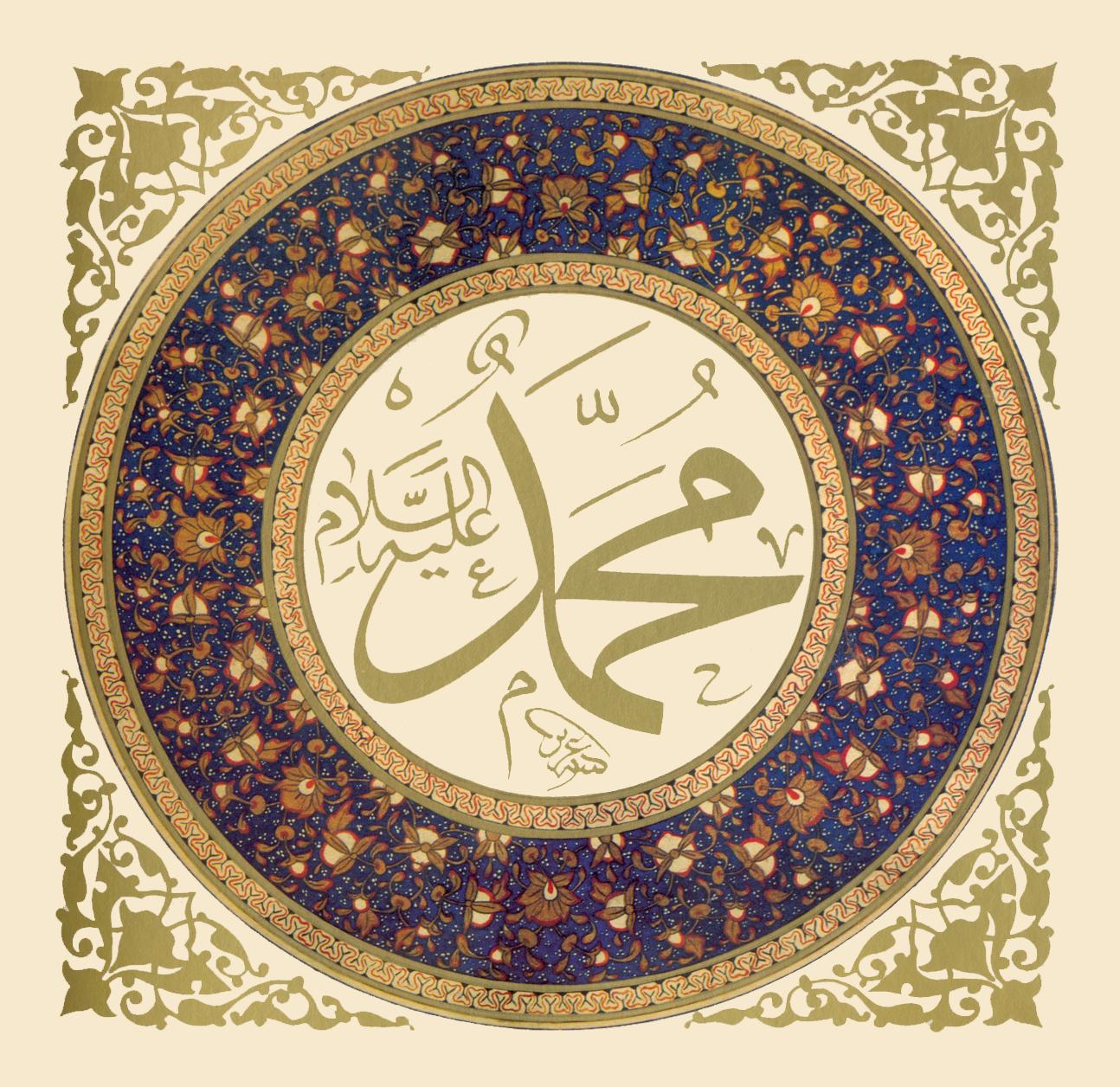
An Apostle on Muslims
Yesterday, I read the following comments on Muslims by an LDS Apostle: I am aware it is not without a great deal of prejudice that we as Europeans, and Americans, and Christians in religion and in our education, so called, have looked down upon the history of Muhammad, or even the name; and even now…
-

Claremont Conference: What Is Mormon Studies?
The Claremont Mormon Studies Student Association is holding its Spring 2010 Conference on April 23 and 24 on the theme What Is Mormon Studies? Transdisciplinary Inquiries into an Emerging Field. The Conference line-up is as follows: Keynote Address Jan Shipps – Indiana University-Purdue University Critical Approaches to Mormon Studies Loyd Ericson – “Where is the…
-
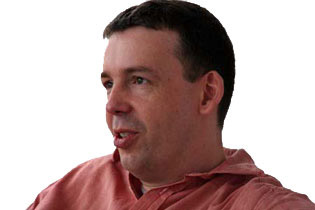
James Alison and the reconciled discourse of dissent
Last week a friend invited me to attend a lecture sponsored by the SLU Theology Club and featuring James Alison, a Roman Catholic priest and theologian. Alison grew up in Britain, was raised in a low-church Protestant tradition, converted to Catholicism, and now resides in Belo Horizonte, Brazil, living as an openly gay Catholic and working…
-
Putting the Sunday in the Super Bowl
Some time ago on T&S, I survived a discussion on the history of Sunday (got no t-shirt though). That knock-down drag-out event included some talk of sports, but overall was pretty general. In light of the upcoming Super Bowl I thought it might be fun(?) to look at the rise of Sunday sport more specifically.…
-
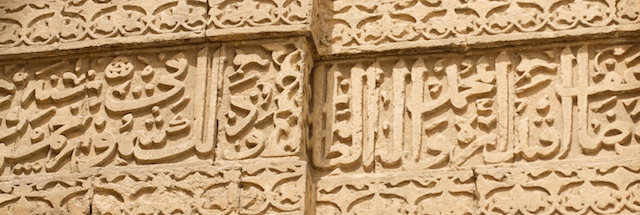
Appreciating the Qur’an
The several parallels between the Book of Mormon and the Qur’an have been noted before: the Qur’an serves as proof of Muhammad’s prophethood, an additional (although superseding) witness of the Bible’s God and salvation history, the source of devotional reading and instruction for believers. It is central to the piety of Muslims and commands their…
-
Populism and the Early Church
I finally got my hands on a copy of The Democratization of American Christianity, Nathan O. Hatch’s look at how the egalitarian democratic spirit that pervaded post-Revolutionary America influenced five early American religious movements: the Christians (such as the Disciples of Christ), the Methodists, the Baptists, black churches, and Mormonism.
-
Reflections On an Interfaith Household
“She won’t join the church because we won’t let her practice polyandry.” That’s what my husband told the Stake President at his last interview.
-
Divide? Maybe not so much — Part 2
(See my disclaimer in Part 1 concerning the title) So, let’s discuss some of the less-acknowledged ways Mormons and evangelicals are alike. First we’ll start with things in evangelical thought which bear an unexpected resemblance to LDS thought.
-
Divide? Maybe not so much — Part 1
(See my disclaimer about the title) There are many similarities between Mormonism and evangelical Christianity which are generally uncontested by both parties. I thought I would cover these prior to doing a post on the similarities which I suspect will be more controversial.
-
What death can teach us about heaven and hell
People are always making assertions about what heaven must contain in order for it to qualify as heaven for them, some of these assertions being more jokes than anything else. “It’s not heaven without sex.” “It wouldn’t be heaven if [insert name of favorite pet dog] isn’t there.” “If heaven doesn’t have Egg McMuffins, I…
-
Why We’re Confused
An old adage among outsiders who study Mormonism states that determining what is and is not Mormon doctrine is a lot like trying to nail jello to a wall—except that the latter feat is entirely possible while the former remains a struggle to this day. Evangelicals who interact with Mormons often express frustration to that…
-
A New Mormon Gateway
A website with answers. That’s what Time Magazine calls the new religion website Patheos.com in “What Do Religions Believe? A Website with Answers.” The Time article describes the new site as one “that sets out to explain the differences among religions as well as illuminate the areas of common ground.” Just today the site unveiled…
-
Hey, Are Those Real Miracles?
It happens every year. I’m walking past the library, or some other building loaded with windows, and one of my students bursts out the door and runs toward me with eyes dilating, hair frazzling, nerves fraying, arms waving, and body quaking to ask, out of breath, did these things really happen? “Things” referring to the…
-
Contemplating Missionary Work in Cuba
The Obama administration announced yesterday that it is easing a handful of restrictions imposed by the U.S. embargo against Cuba. Among other things, Cuban-Americans will now be allowed to travel to Cuba as much as they like and will be free to send money and gifts to friends and relatives without securing travel or export…
-
What I Learned about Mormon Courts (and the Writing of Mormon History)
For those who are interested in Mormon legal history, my article “Preaching to the Court House and Judging in the Temple” was just published in the most recent issue of the BYU Law Review. (You can download a copy of the article here.) This article provides my own take on the rise and fall of…
-
Your Easter Sermon: Food Storage
Every year on T&S there appears around Easter time a certain amount of Holy-Week envy. I haven’t seen any yet this year, and so I thought I’d take my turn to express a little. Or better, maybe this would be a good opportunity to get a sense of what is going on in Mormon Easter…
-
Asking the Right Question
The news yesterday was that President Obama will hold a Passover Seder in the White House tonight, the first time a Seder has been held in the White House. So, who is going to ask him to hold Family Home Evening some Monday night?
-
The Double-Minded Essence of Mormonism
A while ago I was reading some sermons from the 1880s in the Journal of Discourses. The 1880s, of course, is the decade when the anti-polygamy crusades were at their most intense. Thousands of Mormons were incarcerated, the Brethren were in hiding from the law much of the time, and every time you turned around…
-
For Those in the D.C. Area
Richard E. Turley will be speaking at the Wesley Theological Seminary this coming Sunday. Last year I posted a couple of notices about a great series of events that Greg Prince, co-author of David O. McKay and the Rise of Modern Mormonism, hosts every few months at his house in Potomac, Maryland.

